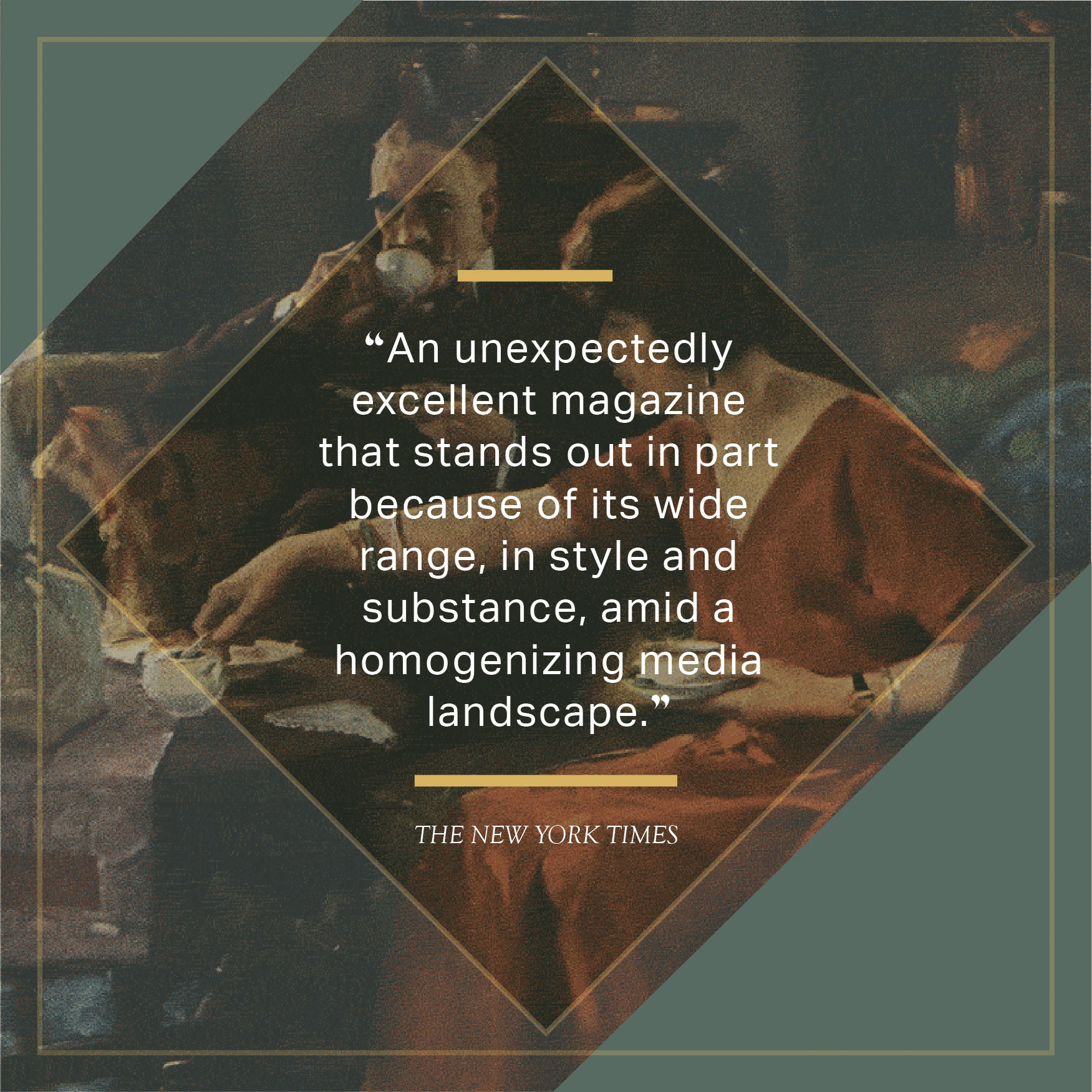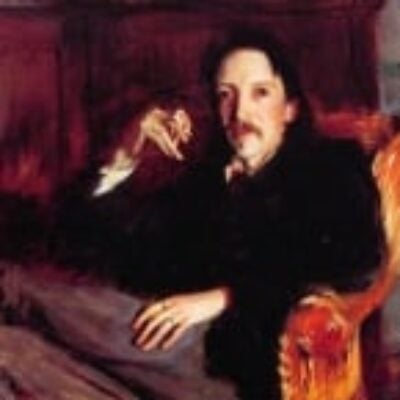
The lack of basketball expectations meant that Scalabrine essentially came to function only symbolically, as a sort of imaginary space where white fans could try to make sense of what it meant to emotionally invest themselves in an unmistakably black team that was also very, every good. There started to be a sort of faux-irony attached the chants that didn’t exactly help things, because let’s face it, Boston hasn’t exactly earned the right to be ironic. —“Luke Harangody, Boston, and the Gathering Whiteness,” Jack Hamilton, FreeDarko
Adorable little pricklies;
adorable primordial dwarf secret agents;
opossums are lovely, but brushing their teeth can be tricky
What could be simpler to make than a flat surface with no knobs, buttons, switches, or other details? Okuda designed a user interface dominated large type and sweeping, curved rectangles. The style was first employed in Star Trek IV: The Voyage Home for the Enterprise-A, and came to be referred to as “okudagrams.” The graphics could be created on transparent colored sheets very cheaply, though as Star Trek: The Next Generation progressed, control panels increasingly used video panels or added post-production animations. —“How Star Trek Imagined the iPad … 23 years ago,” Chris Foresman, Ars Technica
Why I prefer to ride the 7 train;
old-fashioned American muscle;
fear not, for “the future will be better tomorrow”
Back then, he had been as clever, brash, and iconoclastic as the campaigns that earned him a reputation as the most dangerous weapon in advertising. Bogusky relished playing cultural deviant — whether it was recasting Virgin Atlantic as late-night porn, turning Volkswagen drivers into crash-test dummies, pranking Whopper fans into mass hysteria (or, yes, transforming a human-size chicken into a virtual S&M toy) — and all the mystique that came along with it. Year after year, while the industry waited for him to stumble, its bad boy continued seducing bigger and more unlikely clients, such as Microsoft and Best Buy, while the cult of Crispin hogged virtually every award from Cannes to the ad trades. Crispin’s clients benefitted from his madness: Burger King was a private company when Bogusky first took it on. He pushed the company to roll out the most aggressive fast-food tactics ever seen — “innovations” such as Chicken Fries (chicken fingers turned into French fries), Meat’normous (with 47 grams of fat, the breakfast sandwich was dubbed “a heart attack on a bun”), and Flame (a flame-broiled-meat cologne) — and created so much buzz that BK went public in 2006, boosting its annual revenue 25% since then, to $2.5 billion in 2009. Yet the Bogusky sitting before me in Manhattan sounded more like some of the activists I’d interviewed in this era of financial and environmental crises. —“Alex Bogusky: He Left the World’s Hottest Agency to Find his Soul,” Danielle Sacks, Fast Company



